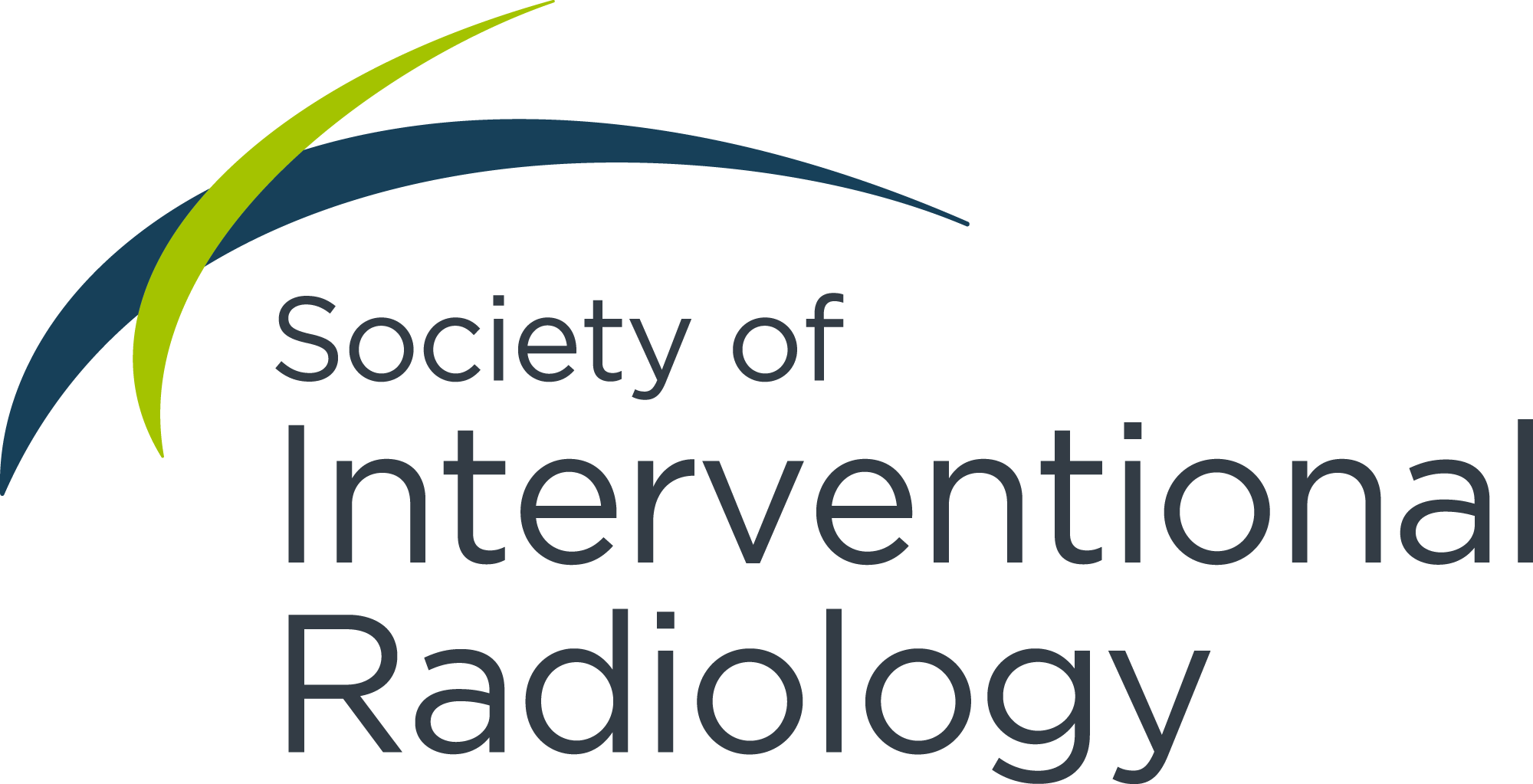
The updated guidance, developed in collaboration with the Society of Interventional Radiology, the American College of Radiology and the Society of Nuclear Medicine & Molecular Imaging, expands on planar imaging and SPECT CT codes for nuclear medicine imaging during the mapping process and when to use CPT® codes 78801, 78830-78832, or 78835. During the mapping process, if a limited CT is medically necessary to evaluate the pre-embolization arterial phases, then CPT® 76380 may be appropriate to bill. When calculating the amount of Y-90 to be administered, it is reportable with code 77300, which requires documentation, including using patient-specific data to determine the total amount for administration. If a PET/CT were ordered and performed, the “limited” code would be appropriate (due to the specific area related to the Y-90 administration) and billable with code 78814. Additionally, when a measure is generated from SPECT or planar data, there is no current code for this work. The most appropriate code would be unlisted CPT® 78999 for this measurement.
Selective internal radiation therapy (SIRT) with Y-90
Selective Internal Radiation Therapy (SIRT) is a minimally invasive procedure in which a trained physician inserts a microcatheter into the hepatic artery to administer microspheres of yttrium-90 (Y-90) to treat hepatic tumor(s) with radiation. To determine if the patient is an appropriate candidate for a therapeutic dose of Y-90, a mapping session is first conducted to evaluate the amount of the radiopharmaceutical technetium-99m macroaggregated albumin (Tc99m-MAA) that is delivered to the intended target or volume of interest in the liver versus the amount that shunts to the lungs and other nearby organs. If the results of the mapping session do not exceed threshold for the amount of Tc99m-MAA which shunts to the lungs, then the physician will move forward with orders for SIRT with Y-90, including the potential for pre and/or post-administration dosimetry.
Coding for mapping
Diagnostic angiography is performed once optimal vascular access has been determined. All selective catheter placements and diagnostic imaging for this first session are separately reportable with the appropriate selective catheterization codes (36245–36248) and associated RS&I codes (75726 and 75774), if appropriate. Additionally, if a limited CT is medically necessary and performed during the mapping procedure (such as to evaluate pre-embolization arterial phases of the hepatic artery), then code 76380 may be assigned.
Embolization of non-target vessels to prevent administration of radioactivity to non-target vascular beds is reportable using code 37242. Note that embolization in this setting is considered to take place in one “operative field,” so even when more than one vessel is embolized, only a single embolization code is reported. Also note that angiography and CT imaging performed during and following the embolization are included services within the embolization code and is not separately reportable, as addressed in CPT Assistant, March 2019.
The intra-arterial injection of Tc99m-MAA (HCPCS A9540) during the mapping procedure and subsequent nuclear medicine imaging is reportable using code 78803, 78830, 78831, or 78832, depending on whether a SPECT/CT or SPECT was performed and the number of areas imaged, according to the definition of each code. If only planar imaging is performed, this is typically billed with code 78801. Note that radiopharmaceutical localization codes are reported by the individual responsible for the supervision and interpretation of the Tc99m-MAA exam, which may be a separate individual than the IR physician, depending on practice arrangements.
Following Tc99m-MAA imaging, calculation of extrahepatic shunt fraction is performed using the SPECT/CT, SPECT, or planar data by measuring the amount of radiotracer that has traveled to the lungs or other areas of the body. When the measurement is generated from SPECT/CT data, this is reportable with code 78835 and may be reported multiple times if more than one area is measured. When the measurement is generated from SPECT or planar data, there is no specific code for this, so an unlisted code (78999) may be reported for this work. Regardless of which imaging and measurement modality is utilized, documentation of the calculated shunting values is required.
Coding for radiation clinical treatment planning
The clinical treatment planning process generally includes interpretation of available advanced imaging studies, tumor localization, treatment volume determination, treatment time and dosage determination, choice of treatment modality, and selection of appropriate treatment devices. Institutions licensed to administer Y-90 must have an authorized user (AU) who is responsible for the pre-procedure dosimetry and treatment planning. SIRT is a brachytherapy procedure and guidance from payors supports billing the associated clinical treatment planning by the physician at the complex level with 77263, but the documentation must appropriately meet the requirements for a complex treatment plan. Specifically, in generating the plan, the AU should utilize the following data, when available, in determining the necessary dose and timing of treatment: angiographic studies, cross sectional imaging, previous treatment, the Tc99m-MAA scan, and 3D reconstructed imaging to plan the Y-90 delivery. Documentation to support the use of 77263 must include the indications and goals of the proposed treatment, as well as description of dose prescription parameters, such as the specific dose constraints for the target(s) and nearby critical structures.
After confirming that the patient is appropriate to be treated with SIRT utilizing Y-90, the physician then calculates the amount of Y-90 to be administered to therapeutically treat the patient. This calculation is reportable with code 77300, which requires documentation including using patient-specific data to determine the total amount for administration. This is a separate service from the work outlined for the clinical treatment plan and can be billed in addition to code 77263.
Coding for the SIRT Y-90 treatment procedure
Any selective catheter placements are reportable using the appropriate codes (36245– 36248). The associated RS&I codes should not be routinely reported since angiography is confirmatory and considered to be part of the therapeutic procedure. However, these RS&I codes (75726 and 75774) may be reportable in the appropriate clinical setting, such as if pre-procedural documentation indicates suspicion of new vascular flow patterns or detrimental effect of an interval therapy on the vessels. If the IR physician is an authorized user (a one-physician model), then, once the appropriate artery is selected for therapeutic treatment, the Y-90 dose is delivered and reported with 37243 (for the embolization of the tumor) and 79445 (for the intraarterial therapeutic radiopharmaceutical injection). Code 37243 includes all associated RS&I, as well as any additional embolizations (such as flow re-direction to preserve adjacent organs) performed in the same session as radioembolization.
In other workflows, the appropriate codes to report may change, such as when the physician administering the Y-90 is working together with another physician who is serving as the AU. The AU is responsible for the safe handling, receipt, and storage of the Y-90 dose and ensures documentation of the work of handling and loading the source in alignment with Nuclear Regulatory Commission (NRC) regulations. If the IR physician is not an AU, s/he must work with someone who is an AU, which may be a nuclear medicine or radiation oncology physician. In this two-physician model, the IR physician reports the catheter placement codes (36245-36248), any appropriate associated angiographic S&I codes (75726 and/or 75774), and 37243 for the embolization procedure. The separate AU reports the appropriate planning, dosimetry, and administration codes for the work that s/he performs. This may include the previously mentioned intra-arterial injection code (79445). Documentation should clearly support who provided the work and the specific roles of any participating physicians.
Coding for the injection of Y-90 may also vary by payor. For example, the Blue Cross Blue Shield (BCBS) plans utilize HCPCS codes which begin with “S” for some procedures. HCPCS S2095 may be required by a BCBS payor; however, this code is not accepted by Medicare and many other payors. Providers who perform radioembolization should verify the preferred code assignment with the patient’s payor prior to the procedure and obtain preauthorization for the treatment whenever possible.
The Y-90 source is not billed by the physician but is billed by the facility. It is important to note that the brachytherapy source is reported on the claim appropriately with HCPCS code C2616 in a quantity of one (1) for the entire vial.
Coding for post administration imaging or additional dosimetry during the process, when supported
Following the administration of the Y-90 microspheres, additional imaging may be performed to review the distribution of the dose or to calculate the total dose delivered to the liver target(s) or other critical structures, such as the lungs. Assuming that the additional imaging obtained is medically necessary, the billable code will depend on what was ordered and performed. If a SPECT/CT or SPECT was performed, the codes to select from would be 78803, 78830, 78831, or 78832, depending on the number of areas imaged. If a PET/CT was ordered and performed, the “limited” code would be appropriate (due to the specific area related to the Y-90 administration) and billable with code 78814. If only planar imaging is performed in calculation of the final absorbed dose, this is billable with code 78801. Payment for this additional imaging may be payor dependent and may be secondary to limitations on the number or types of scans allowed.
Following the acquisition of PET/CT, SPECT/CT, or SPECT imaging, a dosimetry plan may be generated to assist in planning the amount of dose to deliver (when performed pre-SIRT) or to verify the distribution and amount of Y-90 delivered to the liver target(s) and other nearby critical structures. If there is a software processing mechanism, such as treatment planning software, which meets the criteria for 3-D dosimetry treatment planning (code 77295), then it may be billable. This 3-D treatment plan is not a clinical treatment plan like 77263, discussed earlier; this 3-D treatment plan measures and documents the planned or actually delivered dose of Y-90 to the patient and the distribution to the intended target(s) and nearby critical structures. Documentation to support reporting this code must include: data from a volumetric scan; contours by the physician of the target volume and review and/or approval of critical normal structure contours by the medical physicist or dosimetrist; reconstruction of the contours on each slice of the scan, which allows for 3-dimensional rendering of the dose to the target and surrounding critical structures; analysis of the dose distribution using graphical tools, such as dose volume histogram (DVH) and three- dimensional dose displays (3-D dose clouds); and documentation of the treatment planning software generated 3-D plan with a 3-D representation of the dose cloud distribution and a DVH that includes the target/tumor volume and at least one critical nearby structure accounted for in the treatment of the patient. If the criteria for a 3-D treatment plan are not met (e.g., no contouring of volumes by the physician or only a tumor/target volume included on the DVH without a critical structure included), then the additional dosimetry could be billed using the unlisted code, 77399, for the work in determining the amount of Y-90 delivered to the liver and/or surrounding anatomy.
Coding for same-day planning and treatment procedures
The current practice of Y-90 radioembolization is evolving and some centers may perform all three of the above stages in a same-day delivery model. However, it should be noted that these stages are still delivered sequentially in separate sessions. Each of these sessions requires distinct procedural reports, outlining all of the services performed in that session. In this situation, reporting of services by the IR physician is identical to the above recommendations EXCEPT that catheter placement and RS&I codes for angiography should be reported with modifier –59 to denote the separate sessions.
Coding reference
Disclaimer: The Society of Interventional Radiology (SIR), American College of Radiology (ACR), and Society of Nuclear Medicine & Molecular Imaging (SNMMI) are providing this billing and coding guidance for educational and information purposes only. It is not intended to provide legal, medical, or any other kind of advice. This guidance is meant to be an adjunct to the American Medical Association's (AMA) Current Procedural Terminology (CPT® c. 2024). It is not comprehensive and does not replace CPT. Therefore, a precise knowledge of the definitions of the CPT descriptors and the appropriate services associated with each code is necessary for proper coding of physician services. CPT® codes, descriptions, and 2-digit modifiers only are copyright, 2024 AMA. All rights reserved.


